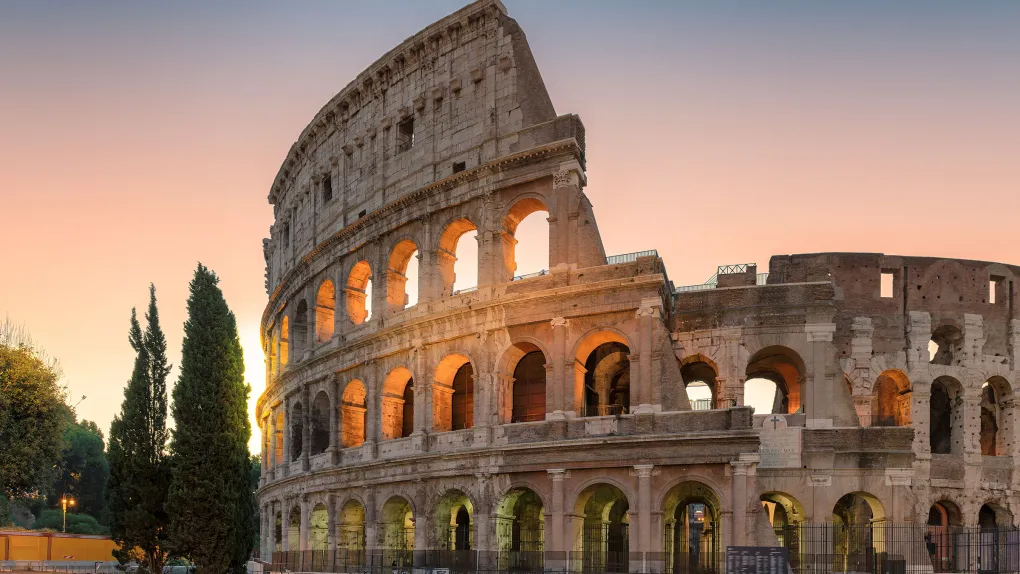For centuries, the astonishing durability of ancient Roman concrete has baffled scientists and engineers alike. While modern concrete structures often deteriorate within decades, Roman buildings, aqueducts, and roads have stood the test of time for over 2,000 years. Now, researchers have finally unraveled the secret behind this exceptional longevity.
The Hidden Strength of Roman Concrete
Unlike contemporary concrete, which primarily consists of cement, sand, and gravel, Roman concrete was made using a unique blend of volcanic ash, lime, and seawater. This combination, known as opus caementicium, created a material that not only hardened over time but also became more resistant to environmental damage.
Recent studies have identified a crucial element that enhances the durability of this ancient material—lime clasts. These tiny white mineral fragments were previously overlooked, but researchers now believe they play a vital role in self-healing cracks within the concrete.
The Role of “Hot Mixing” in Self-Healing Concrete
The breakthrough discovery reveals that Romans employed a method called hot mixing, where quicklime (calcium oxide) was mixed with water at high temperatures before being added to the concrete mixture. This process created a highly reactive material that, when cracks formed, would trigger a chemical reaction. Water seeping into the cracks would react with the lime, forming calcium carbonate and effectively sealing the damaged area.
Implications for Modern Construction
With sustainability becoming a global priority, the principles behind Roman concrete could pave the way for more durable and eco-friendly construction methods. Engineers are now exploring ways to integrate self-healing properties into modern concrete, potentially reducing repair costs and extending the lifespan of infrastructure projects.
Conclusion
The wisdom of ancient Roman builders continues to influence modern engineering. By applying these ancient techniques, scientists hope to develop stronger, more sustainable construction materials that stand the test of time—just like the Romans intended.



Comments (0)
No comments yet. Be the first to comment!
Leave a Comment